
Factory farming conditions and antibiotic-resistant pathogens emerging as a result of them pose an existential threat to humans in the form of zoonotic diseases. Why it’s time to produce and consume food more thoughtfully.
There is a patisserie that satisfies your cravings for sweets in a completely wholesome way. Tasty and luscious as traditional patisserie, it exclusively consists of healthy ingredients.
How to prepare a healthy yet delicious sweet like those of traditional patisserie? And why some ingredients should be replaced? How harmful are they? According to Franco Berrino, physician, epidemiologist and director of the Department of Preventive and Predictive Medicine at the National Institute of Tumours of Milan “our diet is too rich in sugars and refined food. 00 flour can be considered even more harmful than sugar: it rapidly increases glycemic levels, and hence, even the amount of insulin in the blood, which, in its turn, increases the level of growth factors that determine most tumours. Insulin spikes foster obesity because they lead to hypoglycemia and push us to eat more. So, the more we eat sugars, the more we crave for them”.
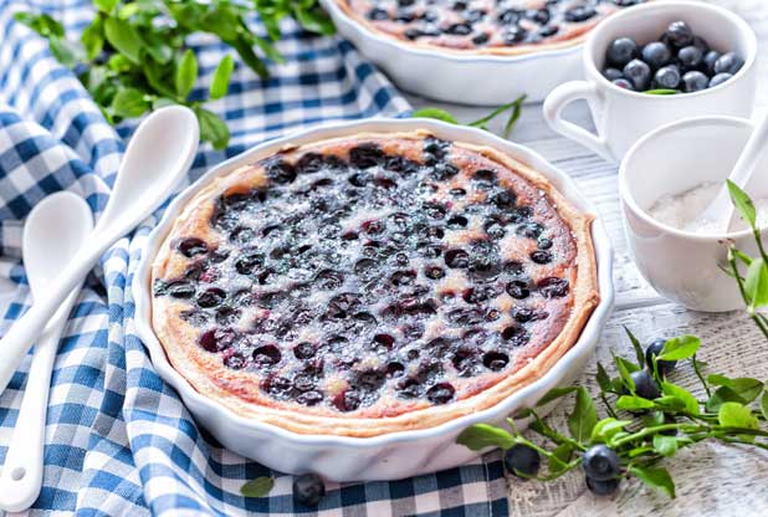
“The only real precept of natural patisserie – says Giovanni Allegro, cook of the Institute of tumours and expert of natural patisserie – is that of replacing white sugar and refined flour with alternative healthier ingredients. It is also possible to eliminate eggs, milk, butter, i.e. all those animal-derived proteins in which our diet is already rich enough (and whose excess can foster heart conditions, obesity, osteoporosis): in case of allergies, intolerances or when a particular diet requires it, it is essential to eliminate them. It is also true that if you follow a balanced diet without too much protein, these ingredients can be used, making sure you don’t abuse them”.
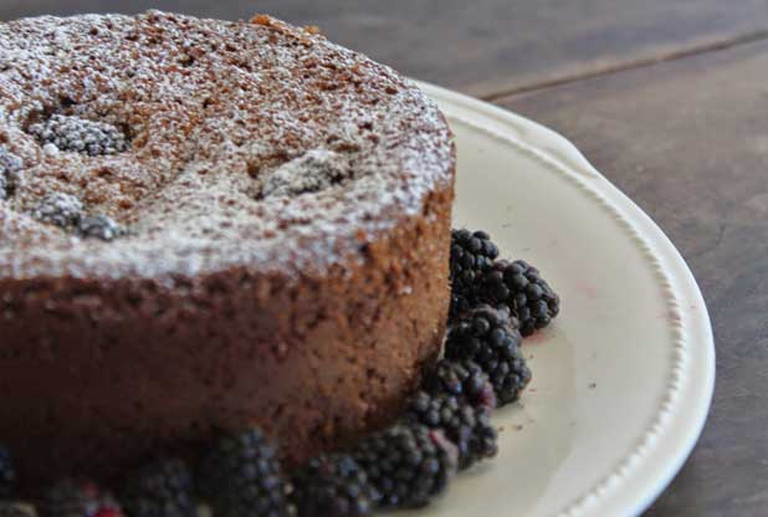
“Sweets of natural patisserie are different from those of traditional patisserie. First of all they are less magnificent – Allegro continues. This because in natural patisserie additives and binders are the ingredients responsible for a number of special effects in modern patisserie”.
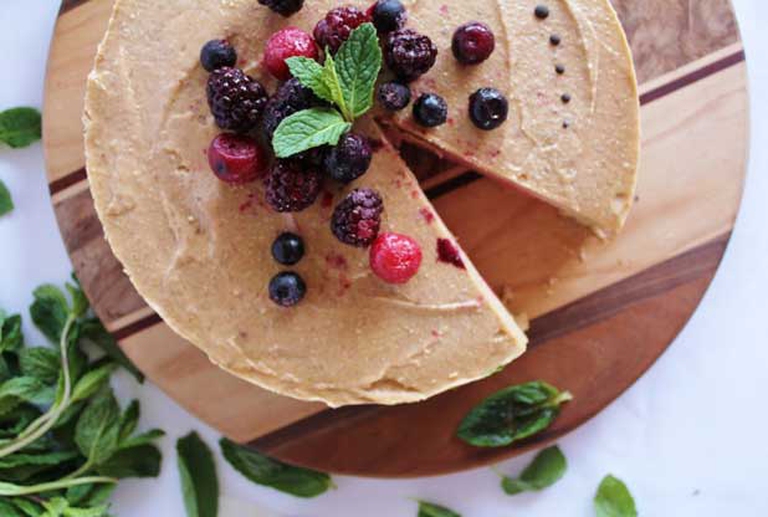
The recipes of many traditional sweets are not even taken into consideration in natural patisserie, because the ingredients used are too rich and with a calorie count, frankly, too exaggerated, that exceeds by half the calories included in natural sweets: sponge, for example, is prepared only with many eggs. Too much eggs. It can be a basis for a Christmas sweet, but not for daily recipes, because for them it is necessary to combine flavour and health.
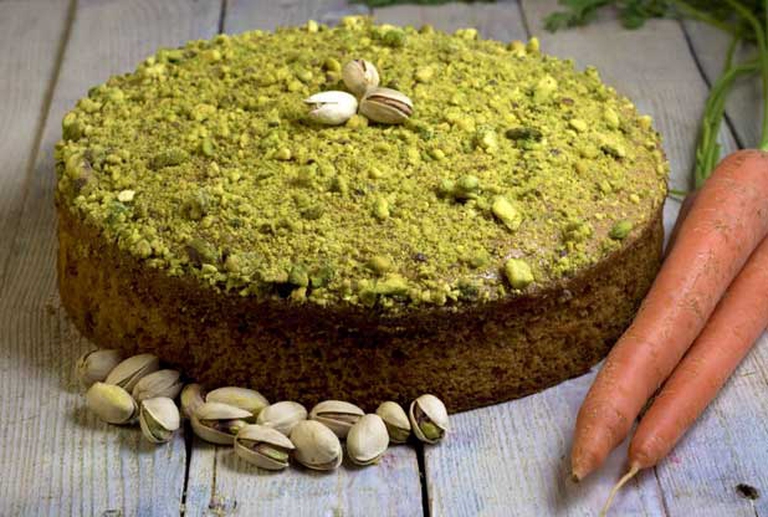
By using exclusively natural ingredients, we put an “x” to the word sugar, because it isn’t a natural food product. How to replace it? With sultanas and dried figs, as people did in the past. Or with honey, maple syrup, non-refined cane sugar (such as panela). The best substitute ingredient, however, – says Giovanni Allegro – is (rice, barley, wheat or corn) malt, an excellent cereal for health and taste.
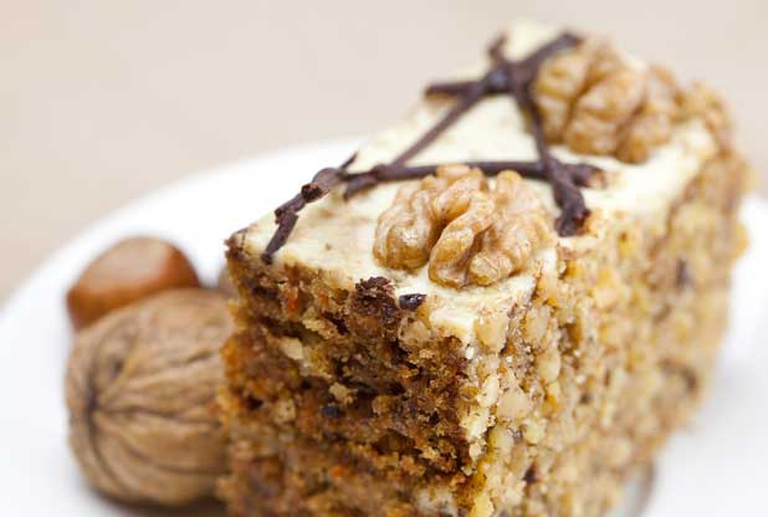
Removing sugar sometimes means decreasing the magnificence of a sweet. There are sweets, such as blancmange for example (from French “blanc” and “manger”, literally white food) that are made of almonds, starch, agar as well as malt, which gives the sweet a brownish colour, so that the sweet is not white anymore, but the flavour is still scrumptious.
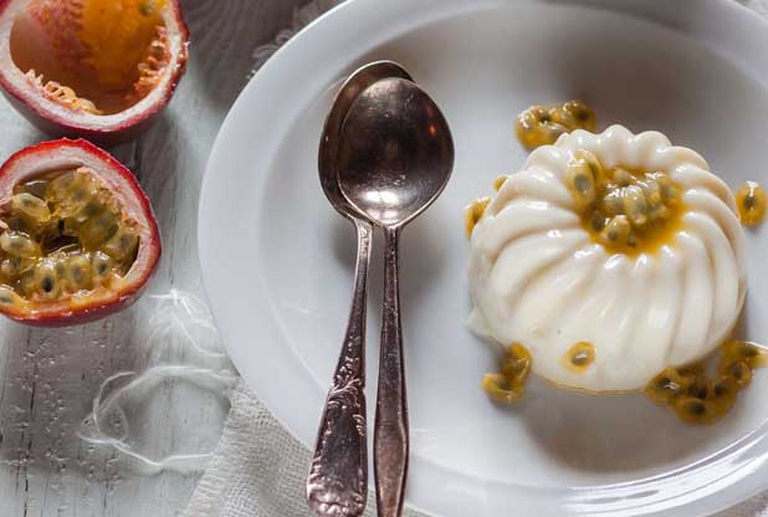
Instead of 00 flour, the wholesome patisserie uses semi-whole flour and whole flour. It is possible to avoid using butter, in favour of cold-pressed oils, chopped hazelnuts or tahini, a sesame seed paste. Replacing eggs is more difficult, but let’s not forget that in many recipes, they are unnecessary: our muffins, those prepared at the Institute of tumours, don’t contain eggs and they are as flavoury as those made with eggs. Those two patisseries have one thing in common: the use of a scale. When the recipe is good, the proportion between all the ingredients is mathematically right. So, every time you discover a recipe that suits you, write down with great care the ingredients, the doses, the preparation details, to repeat again and again the magic of your wholesome sweet”.
Siamo anche su WhatsApp. Segui il canale ufficiale LifeGate per restare aggiornata, aggiornato sulle ultime notizie e sulle nostre attività.
![]()
Quest'opera è distribuita con Licenza Creative Commons Attribuzione - Non commerciale - Non opere derivate 4.0 Internazionale.
Factory farming conditions and antibiotic-resistant pathogens emerging as a result of them pose an existential threat to humans in the form of zoonotic diseases. Why it’s time to produce and consume food more thoughtfully.
The world of cinema recognises the link between food choices and the climate crisis by offering vegan menus for awards season events, including at the most important of them all: the Oscars.
Let’s look at the reasons behind the growth of veganism in India, as a small yet vocal section of the population turns towards this diet and lifestyle in the largest milk producing country in the world.
by Jeffrey Y. Campbell, Manager of the Forest and Farm Facility at FAO In the Ecuadorian Amazon, Kichwa farmers grow dozens of products on tiny parcels of land. Their lands hum with biodiversity, yielding nutritious foods that have sustained families for generations. Wandering among fruit and nut trees and crops, these indigenous agroforesters fill their baskets
Mint has many health benefits, but in food it’s often accompanied by artificial green colourings. Instead, Galatea has created a green mint ice cream in a completely natural way.
We’re talking about Galatea, a company that produces semi-finished products for artisanal ice creams using high quality ingredients, natural colouring, excluding thickeners and hydrogenated fats, respecting the environment and supporting the less fortunate.
The mad rush to fake food, like fake meat made with genetically-modified soy, ignores the importance of the diversity of our foods and culinary cultures. It’s a recipe to accelerate the destruction of the Planet and our health.
Like with all foods, the quality of an ice cream can be discerned by reading its label. An expert explains how to do this, and tells us how their company steers clear of chemicals, using only natural ingredients to produce an excellent and “free” ice cream.
Quality ingredients, no artificial colouring and hydrogenated fats. These are the main features of a great ice cream. But what makes an ice cream parlour “good”, i.e. sustainable?







